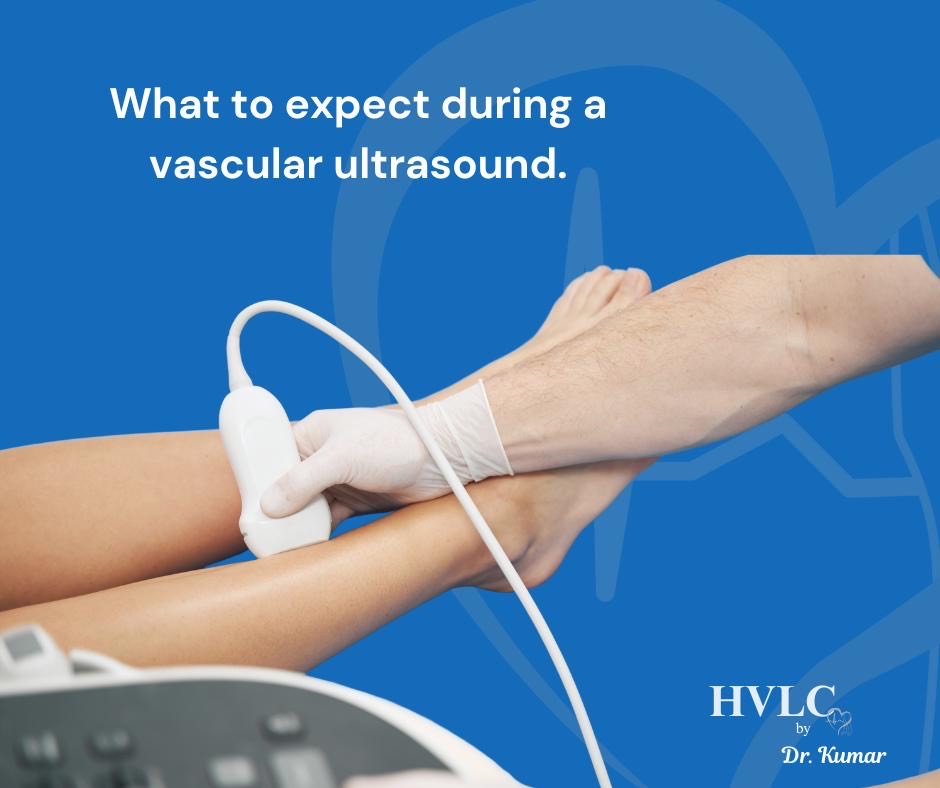
If your doctor has recommended a vascular ultrasound, you may have questions about what the test involves and how to prepare. The good news is that vascular ultrasounds are safe, painless, and provide valuable information about the health of your blood vessels. Here’s what you can expect.
A vascular ultrasound is a simple, noninvasive test that uses sound waves to create pictures of your blood vessels. It allows your healthcare provider to see how blood flows through your arteries and veins. This helps detect blockages, narrowing, blood clots, or other circulation problems.
Unlike some imaging tests, a vascular ultrasound does not use radiation or injections, making it a very safe option for patients of all ages.
Most vascular ultrasounds require little preparation. In some cases, you may be asked to avoid eating or drinking for several hours before the exam, especially if your abdominal vessels are being studied. Wear comfortable clothing and, if possible, avoid lotions or oils on your skin that day, as they can interfere with the test.
Your healthcare team will let you know if any special instructions apply to your appointment.
There is no recovery time—you can return to your normal activities right away. A vascular specialist will review the images and share the results with your doctor, who will then discuss next steps with you if needed.
Vascular ultrasounds are an important tool for diagnosing and preventing serious conditions such as peripheral artery disease (PAD), blood clots (DVT), aneurysms, and venous insufficiency. Early detection allows for timely treatment and better outcomes.
A vascular ultrasound is safe, comfortable, and provides your care team with essential information about your circulation. If you have concerns about the test or your results, don’t hesitate to ask your doctor or vascular specialist—we’re here to guide you every step of the way.
© Copyright 2024 Vascular Health Partners LLC. All Rights Reserved
Designed By CyberWorx